Rising input costs and pressure on producers to lower their synthetic footprint in the vineyard, have compelled wine grape producers to think outside the box to farm sustainably and successfully. The use of certain winter weeds as cover crops appears to be a pragmatic alternative for cultivation regions with erratic winter rainfall.
The benefits of a good cover crop stand have been well documented and range from weed control, increased water infiltration, decreased surface evaporation, higher soil carbon content to reduced erosion, to name but a few. Unfortunately for producers in the irrigation areas like the Breede River, Klein Karoo and Olifants River, they obtain mixed results from cover crop cultivation, often due to insufficient and sporadic winter rainfall. Considering the rising input costs related to commercial cover crop cultivation, some producers have converted to a free alternative; the use of local winter weeds to perform the work of a cover crop. The two species that are most often used for this purpose, is wild barley (Hordeum murinum) and Australian saltbush or creeping saltbush (Atriplex semibaccata).
Wild barley
Wild barley is an annual grass originally from Europe and is commonly found in the Western Cape and the rest of South Africa. It is a winter tufted grass with a low growth habit, but can reach up to 60 cm in length. This winter grass re-establishes easily, even in times of low winter rainfall where seed production is still noteworthy despite the lower stand. Producers also often harvest the seed heads to establish these in the desired areas during the following autumn, often without seedbed preparation and fertiliser. The wild barley stand can be gradually improved by, selectively, controlling winter broadleaf weeds where necessary, and applying focused spot sprayings where other species offer significant competition. With this systematic approach, an excellent natural stand can be obtained within a few seasons.
One of the outstanding advantages of wild barley is the relatively short growth cycle and the subsequent low level of competition with the grapevine for water and nutrients. Wild barley dies at the end of October/beginning of November and usually does not require any further weed control. Due to the low growth habit it is also suitable for use as green cover (and later dry material) on the berm without entangling trellised vines. The weed suppression through this dense tufted grass is excellent and it can be applied in the work row, as well as on the berm. Where control on the berm is preferred, herbicide can be applied with ease. Whatever the case, it leaves an effective mulch behind which can be compared to straw and hay for example, but at a fraction of the price.
Australian saltbush
The Australian saltbush is, as the name suggests, native to the land of the kangaroo and Crocodile Dundee. This hardy perennial broadleaf weed has a low creeping growth habit with a characteristic taproot system. Australian saltbush is also exceptionally resistant to drought and brack conditions and seems to thrive in some of our most problematic soils. As an additional advantage, it is also tasty for livestock and a preferred weed among many cattle breeds, especially in times of limited pasture.
The Australian saltbush’s growth can be encouraged by avoiding herbicide where it does occur naturally, or selectively eliminating the higher-growing weeds with a slasher and thus clearing the way for the saltbush. This perennial creeper colonises the surface quickly and forms a thick carpet which suppresses weeds and lowers soil temperatures. In terms of competition with grapevines for nutrients and water, it can become problematic in cases where the berms have been totally colonised. If the growth is however restricted to the work row by means of chemical or mechanical control, it does not pose a threat for grapevine productivity. The Australian saltbush is very effective in extreme conditions where most commercial cover crops struggle to make the grade.
In instances where control on the berms/vine row is essential, an effective mulch can be established by placing winter prunings on the berms. The pruning shoots alone are not necessarily a sufficient mulch, but serve as a safety net for all leaves that fall during autumn/winter, as well as cuttings after a slashing action. Grape skins, stems, compost and manure can also be used together with the shoots, but come at a significant transport cost like the traditional and effective, but expensive straw cover.
Conclusion
In light of the regenerative viticulture movement which has recently become a buzz word among opinion leaders, the use of these natural cover crops is an innovative step in the right direction. Through the judicious application of practices that encourage the desired plant growth in the vineyard, producers can employ winter weeds to reduce chemical inputs. This can also translate to the direct benefit of a self-seeding cover crop which is adapted to the prevailing conditions. Apart from the abovementioned examples, investigations have also been launched into other species like ripgut brome (Bromus diandrus), wild oats (Avena fatua) and annual oat-seed grass (Ehrharta longiflora), paving the way for producers to potentially benefit even more from the ecological function of weeds.

PHOTO 1. Wild barley natural cover crop.
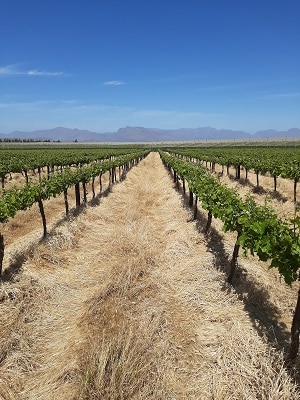
PHOTO 2. Dead wild barley mulch.
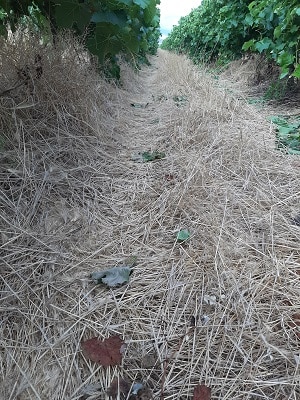
PHOTO 3. Dead wild barley cover crop mid-December. No herbicide had been sprayed at the time.
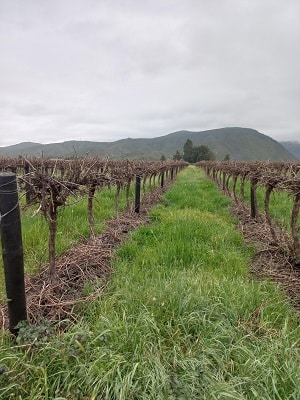
PHOTO 4. Pruning shoots on berms with wild barley in the work rows.
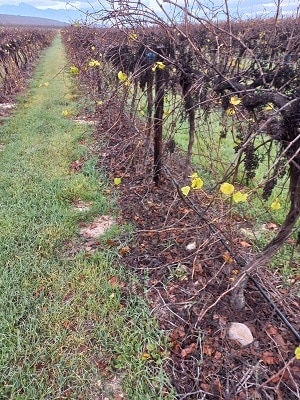
PHOTO 5. Pruning shoots on the berm are a good safety net for leaves and other plant residues.
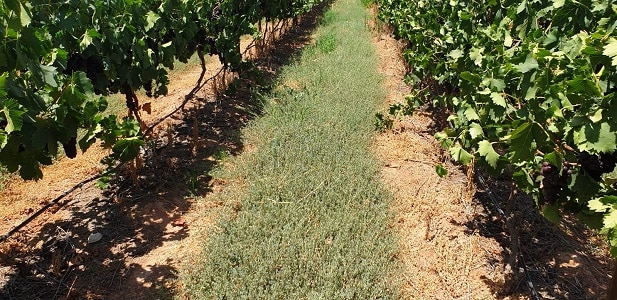
PHOTO 6. Australian saltbush (photo: Francois Viljoen).
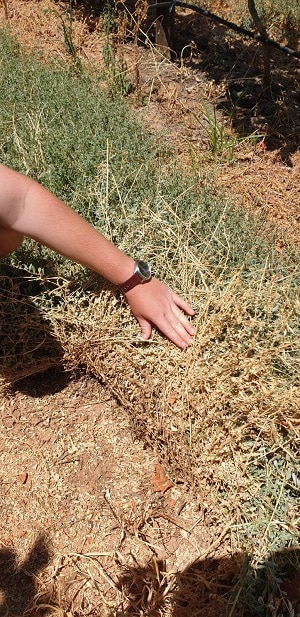
PHOTO 7. The taproot system of this Australian saltbush cover crop presents little competition for grapevines, as it grows in the work row (photo: Francois Viljoen).
– For more information, contact Hennie Visser at henniev@vinpro.co.za.
Click here to get your copy of WineLand Magazine and here to subscribe to our newsletter.













